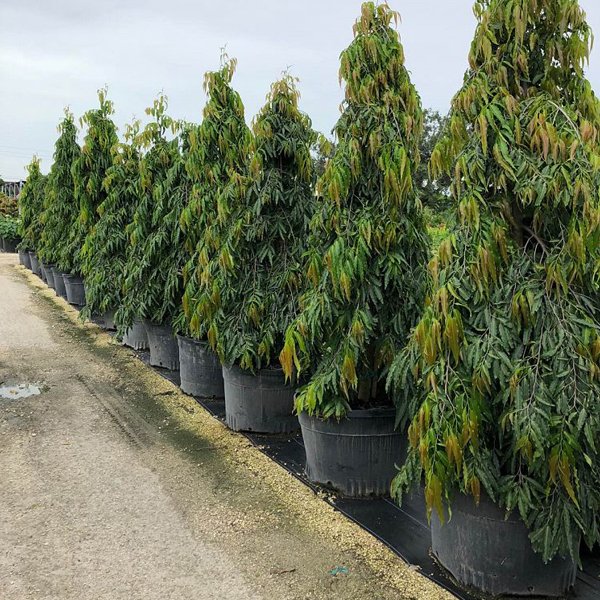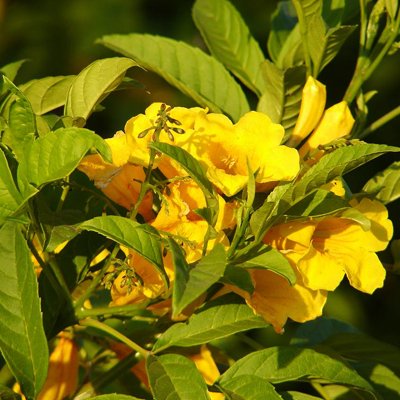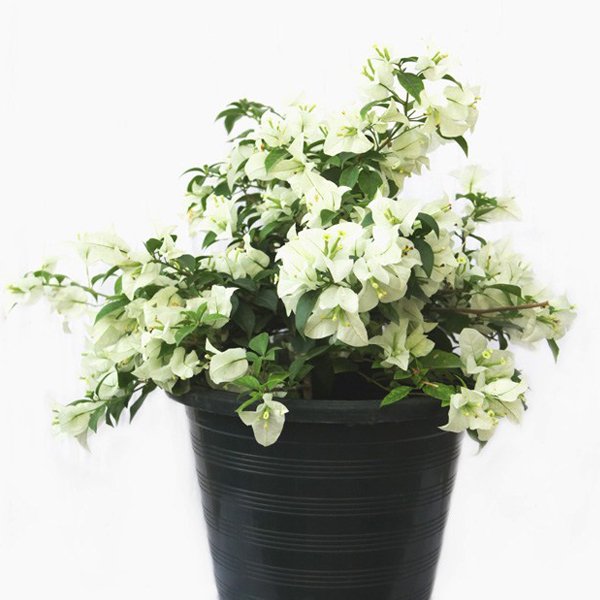Saraca Indica commonly known as Ashoka tree or Sorrow-less Tree is one of the most exotic flowering trees of the Indian subcontinent.
About Ashoka Tree
It grows natively in warm humid climates of Pakistan, India, Myanmar, and Malaysia and belongs to the Fabaceae family. Ashoka is ever-green, slender but slow-growing flowering tree.
It is easy-to-grow, an easy-to-prune tree that flowers abundantly and produces a compact shaped canopy – an ideal candidate as a house-plant or a lawn tree.
Ashoka Tree Care
Ashoka tree propagated by seeds. The seeds retain their viability for one season only and should be sown in August.
| Sunlight | Full sun to partial shade. |
| Watering | Moderately |
| Soil | well-drained and organic soil. |
| Temperature | 20 to 35 degree C |
| Fertilizer | Apply any organic fertilizer. |
Ashoka Tree Special Feature
This evergreen, tall and slender tree grows symmetrically and produces fresh and shining green foliage.
Ashoka Tree Uses
Ornamental Use:
- Landscape uses for Ashoka tree, lining a stately driveway beside a tall house privacy screen, tall hedge, architectural accent, noise pollution screen
Medicinal Use:
- Ashoka tree has many medicinal uses
- The bark is used in traditional medicines to cure a number of gynecological problems
- The pulp of flowers is used as a remedy for dysentery
- Note: Use only after consulting the specialist




















arun mahatley –
Versatile plant that can be kept in sunny or semi-shade environments
tripti –
Plants arrived blooming and looking healthy. It looks beautiful placed in house entrance